The Health Insurance Portability & Accountability Act (HIPAA) passed in 1996. Its purpose is to regulate how healthcare entities use & disclose Protected Health Information (PHI).
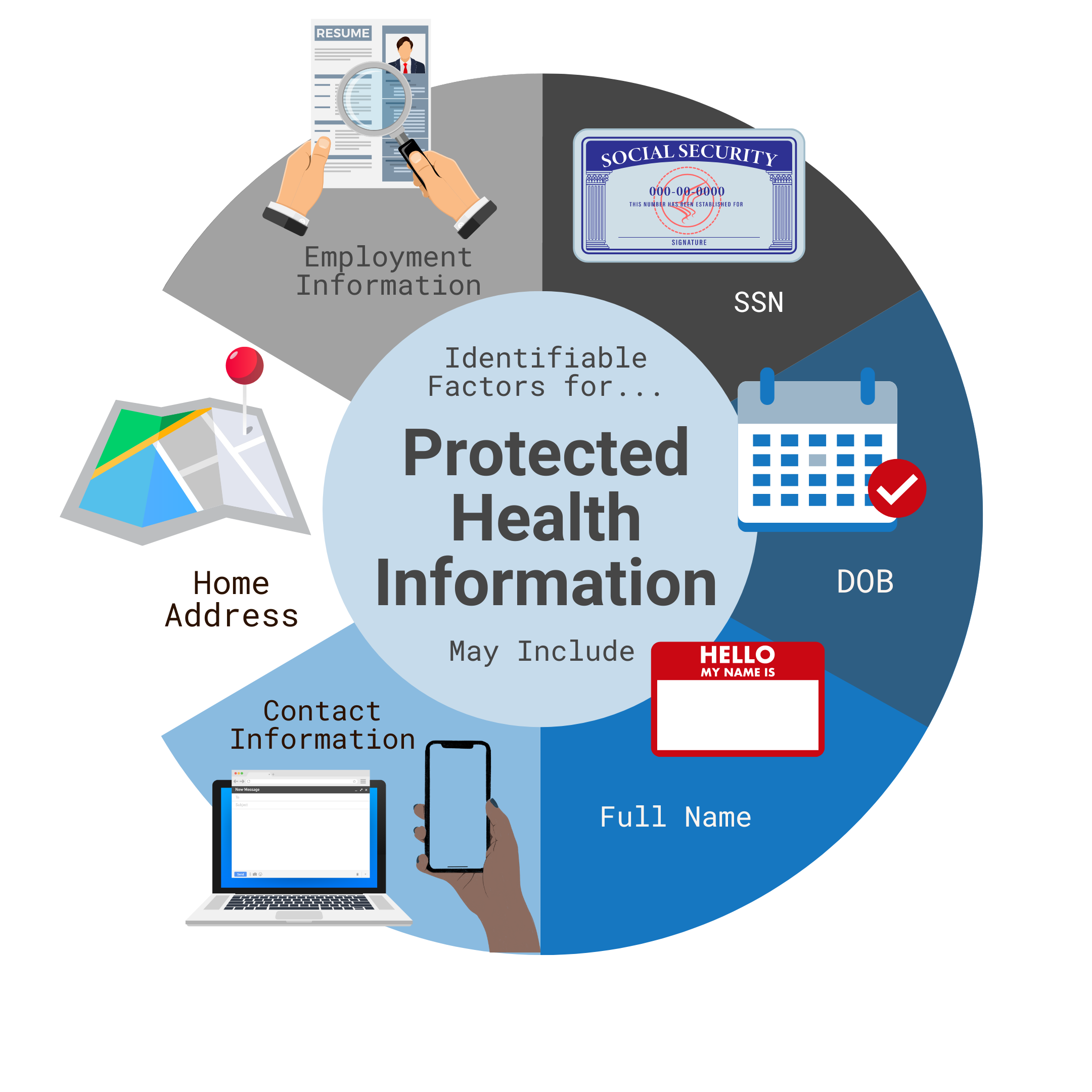
HIPAA Technical Safeguards are in place to keep private information properly protected. Without these guidelines, PHI can fall into the wrong hands. This blog focuses on specific aspects of The Security Rule and how HIPAA Technical Safeguards keep your information secure.
The HIPAA Security Rule
There are three general rules outlined under HIPAA- The Privacy Rule, The Security Rule, & The Breach Notification Rule. Each one serves a unique purpose in regard to safeguarding PHI. The Security Rule requires implementation specifications, such as security software and or procedural access control, that uphold the integrity of PHI.
The Privacy Rule

The Privacy Rule protects the confidentiality & integrity of a patient’s private medical information. It advocates for patient’s rights by regulating who can access PHI and under what circumstances it can be disclosed.
The Security Rule
The Security Rule specifically focuses on safeguarding Electronic Protected Health Information (ePHI). It establishes security standards HIPAA covered entities must implement & maintain to keep electronic health records secure.
The Breach Notification Rule
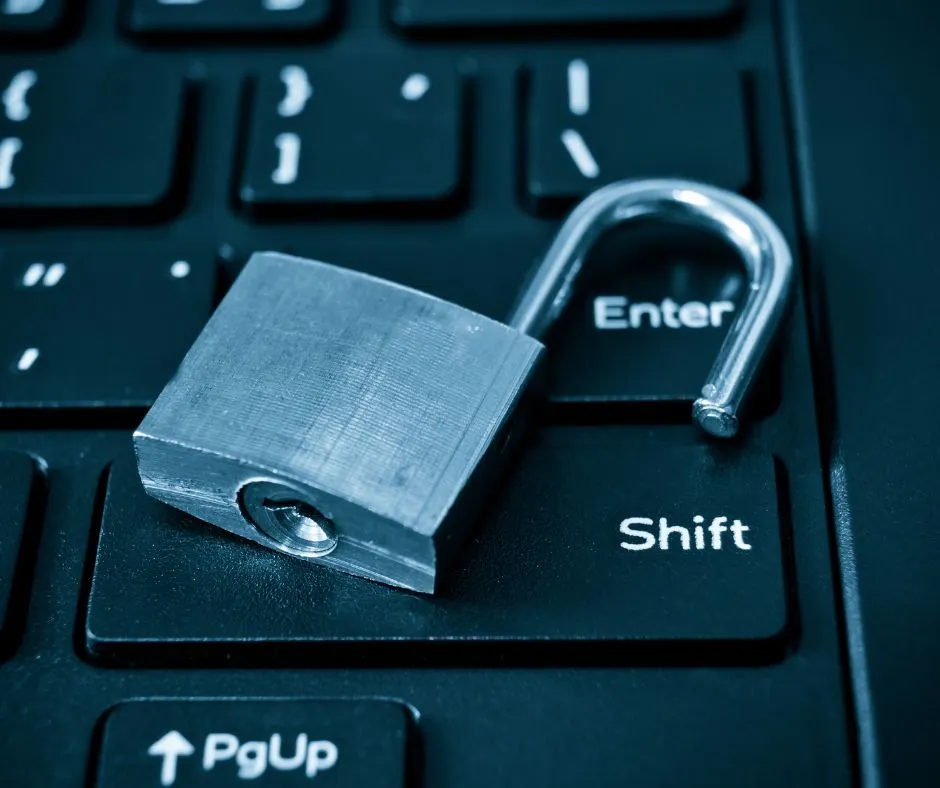
The Breach Notification Rule requires that a Covered Entity (CE) and their Business Associate (BA) properly notify affected individuals in the event of a data breach. This rule only applies if there has been a compromise of improperly secured health information.
Technical Safeguards are:
Under HIPAA’s Security Rule, there are Physical, Administrative, and Technical Safeguards. HIPAA law recommends safeguards such as integrity controls, unique user identification, risk analysis, and hiring security personnel to record and examine activity. These security standards are a guide for HIPAA covered entities that handle PHI regularly. This means that while they are not required to implement every single one of these policies, they are highly recommended and upheld as a best data security practice.
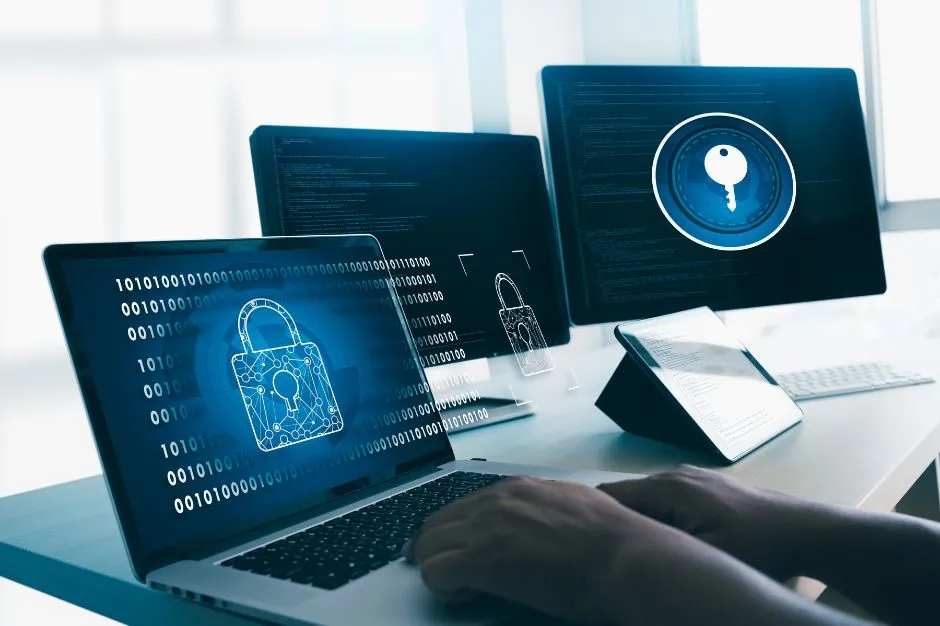
Physical Safeguards are designed to protect the building where tangible assets and resources are stored. The size of the facility or organization determines the scope and stringency of the enforced Physical Safeguards.
Administrative Safeguards, on the other hand, pertain to office staff in the workplace where PHI is stored. These policies and procedures ensure that employers properly train and educate employees in regard to handling PHI. If PHI is altered or destroyed, for example, the office staff should know how to properly dispose of it.
Finally, Technical Safeguards, as mentioned above, apply exclusively to ePHI. Technical Safeguards are in place to ensure the technology that hosts ePHI is properly secured. Data encryption and decryption, for instance, is a great way to secure ePHI via email because it makes data anonymous to a hacker who may be trying to infiltrate your inbox.

HIPAA Technical Safeguards are not meant to make navigating technology more difficult. Rather, they represent good business practices for HIPAA covered entities through reasonable and appropriate technology solutions.
Technical Safeguards Examples:
HIPAA law does not require a CE to follow any specific set of Technical Safeguards to remain compliant. The CE has discretion over the security methodology they feel is right for their organization. However, the law does require that the security methods they choose to be both reasonable and appropriate.

Some examples of Technical Safeguards under HIPAA’s Security Rule may include:
- Data Encryption
- Multi-Factor Authentication
- Strong Log-On Credentials or Passwords
- Private DNS Servers
- Systems to Track & Monitor ePHI Access
What is the Purpose of Technical Security Safeguards?
After reading this information about HIPAA Technical Safeguards, you may be wondering…
“Why does this matter to me?”
Business owners and healthcare professionals should protect their patients’ health data at all costs. Technical Safeguards were written to guide HIPAA covered entities with the best practices and policies to achieve this goal.
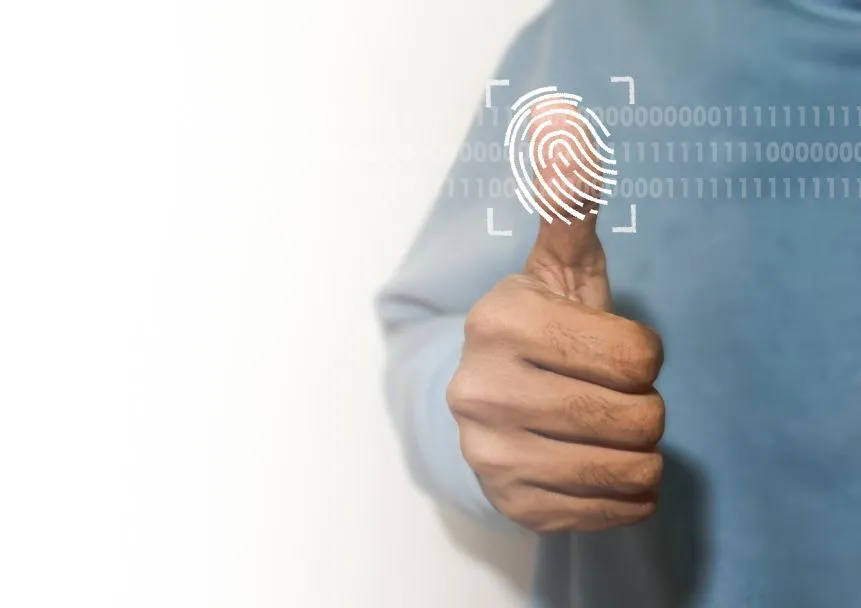
HIPAA compliance avoids legal penalties and builds trust with patients.
If you are a CE or third-party BA, you probably deal with sensitive information often. You could be emailing medical records to a colleague or messaging a patient. Regardless, HIPAA covered entities should place a high priority on protecting their ePHI.
As such, it is extremely important to implement proper security measures to safeguard this data. If a CE does not properly safeguard data, they face the high risk of a data breach. When unauthorized personnel access PHI, they can use it to exploit you & your patients.
Secure Your ePHI with EnGuard®!
At Enterprise Guardian, data security is our top priority. That is why we’ve integrated HIPAA Technical Safeguards into our lines of service. As certified HIPAA security experts, we understand how important it is for someone to keep their private information properly safeguarded.
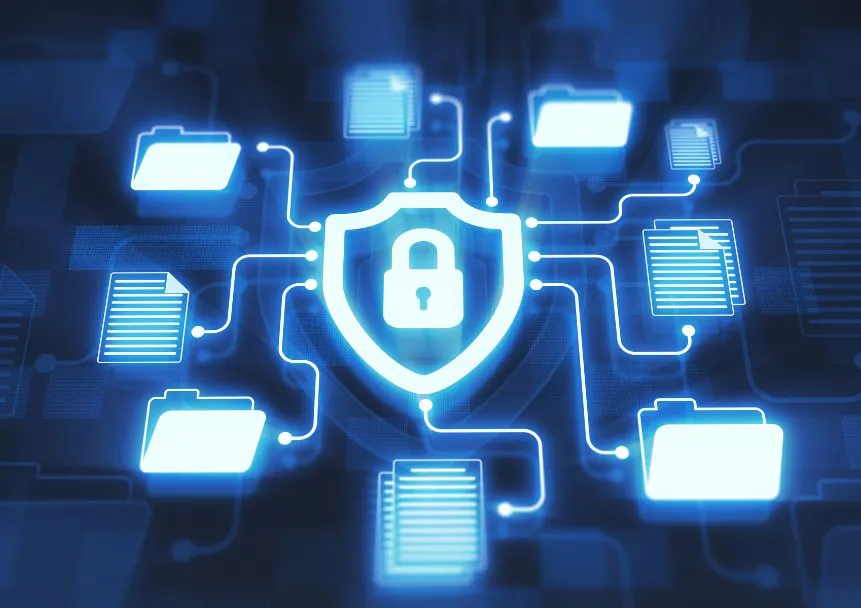
Technical Safeguards such as data encryption, private DNS servers, and more are an integral part of our security services. This is because we firmly believe in our ethical responsibility to uphold the integrity of your private data. To learn more, check our pricing page for a suitable plan that meets your needs!
